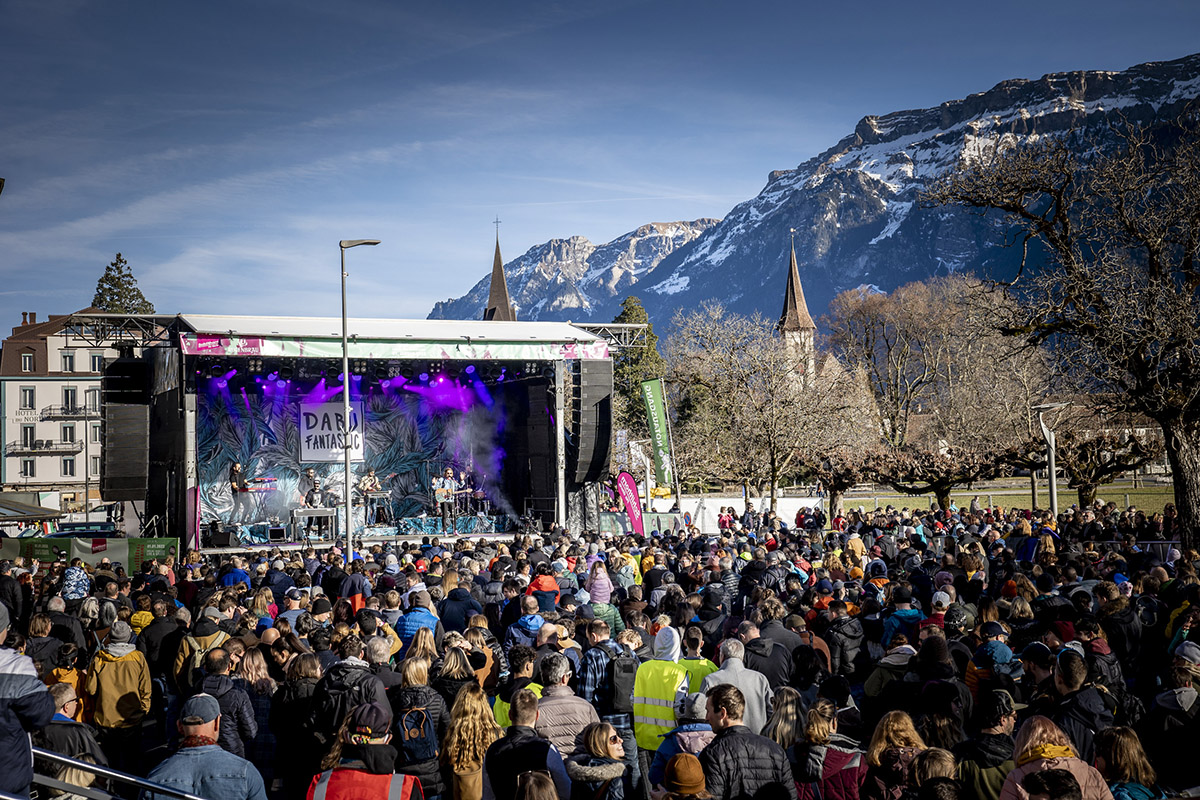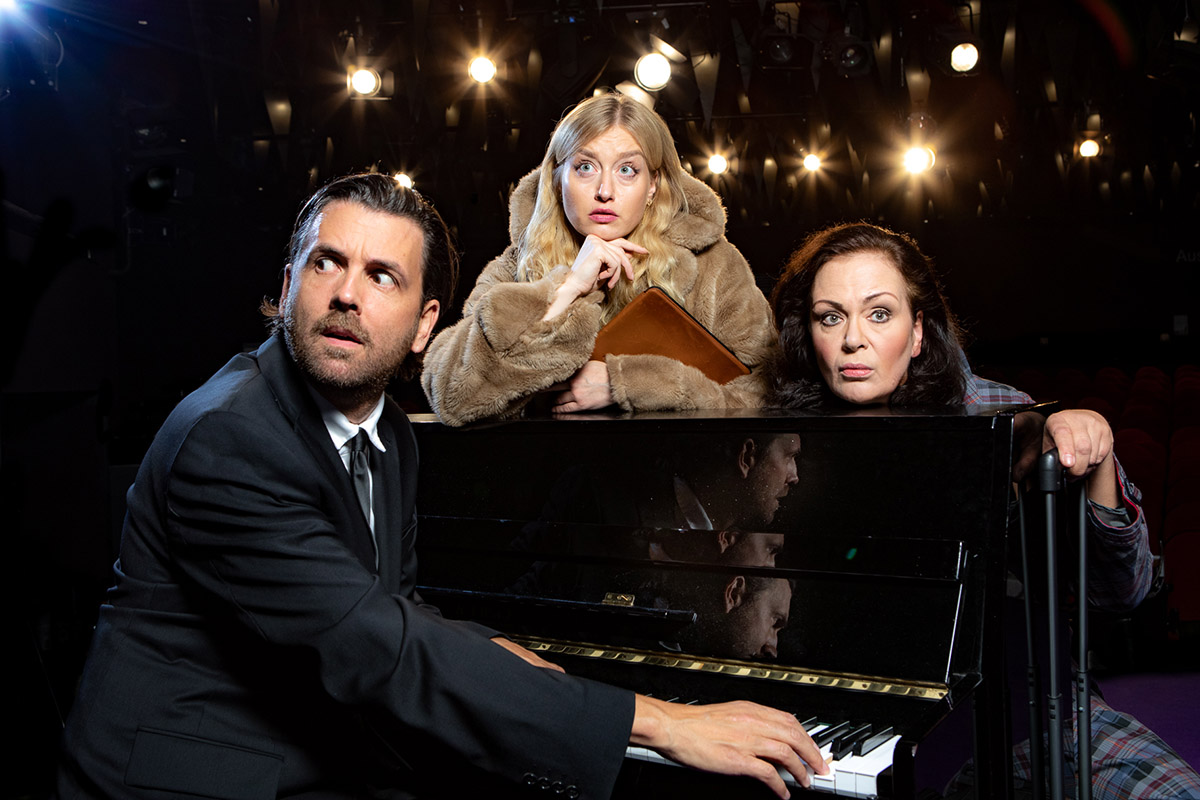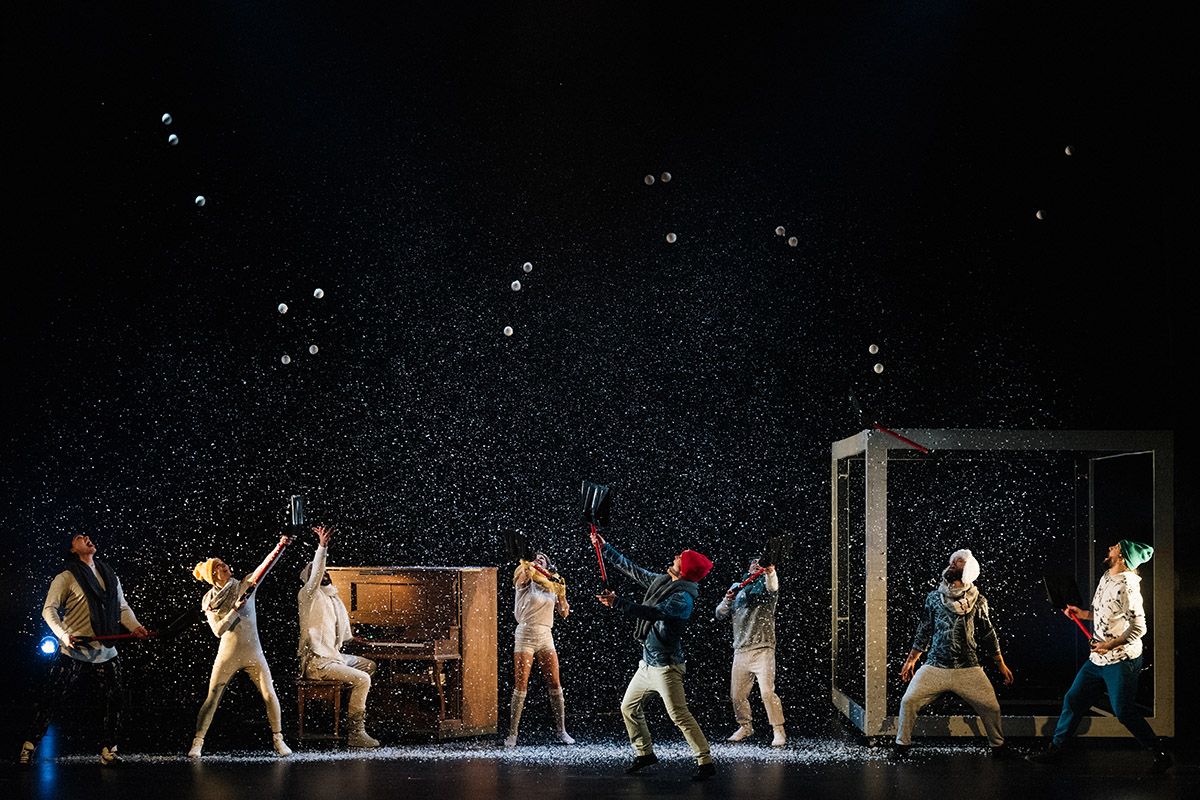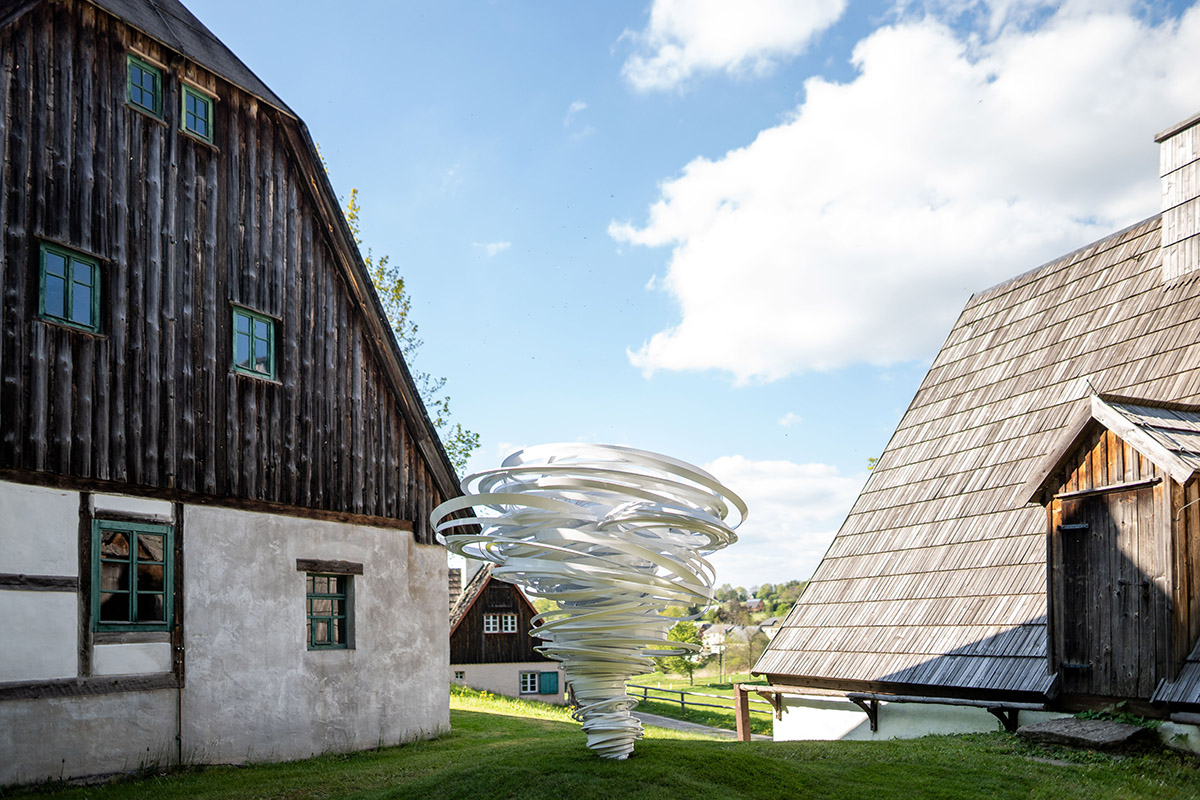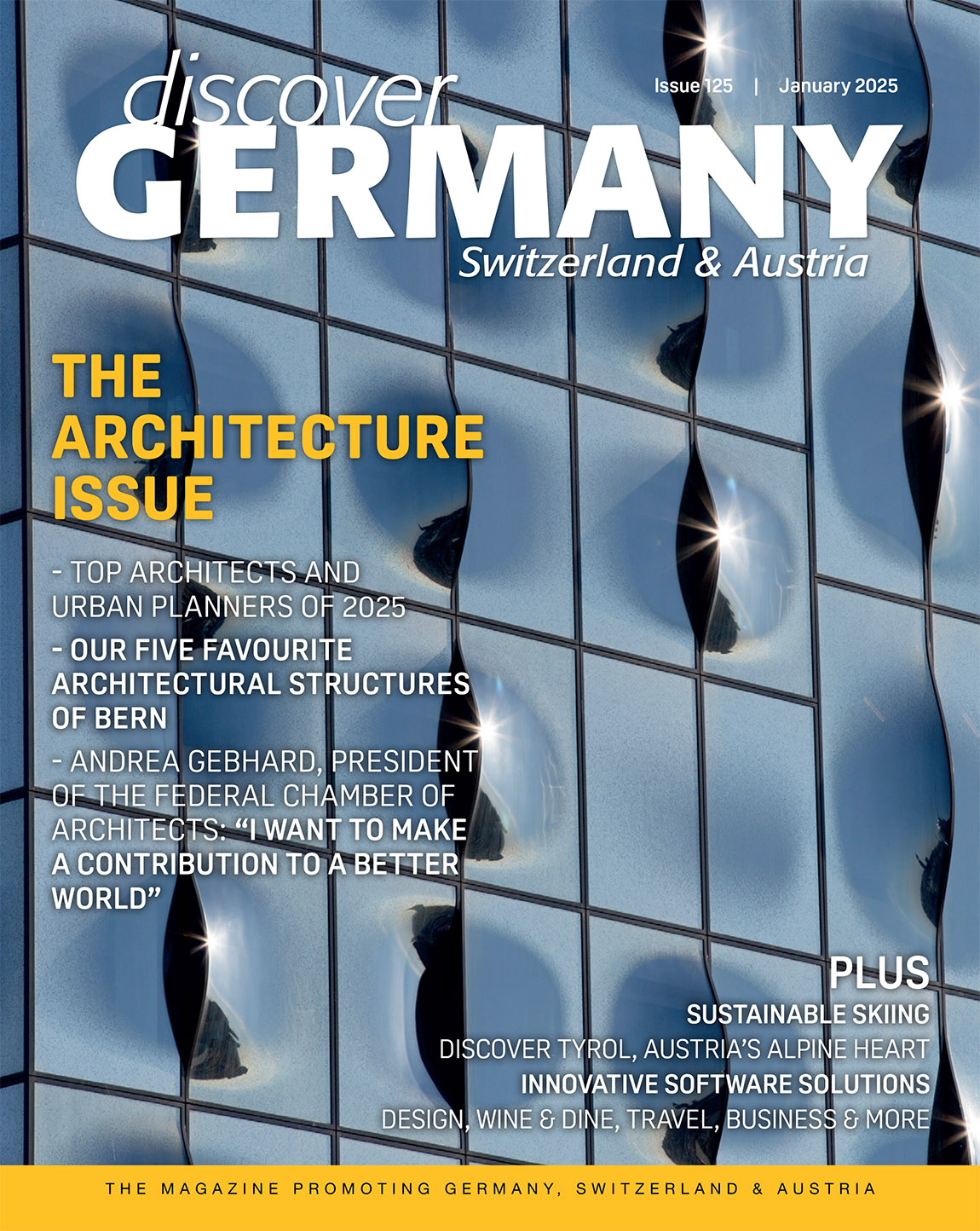Close to heaven at Neuzelle Abbey
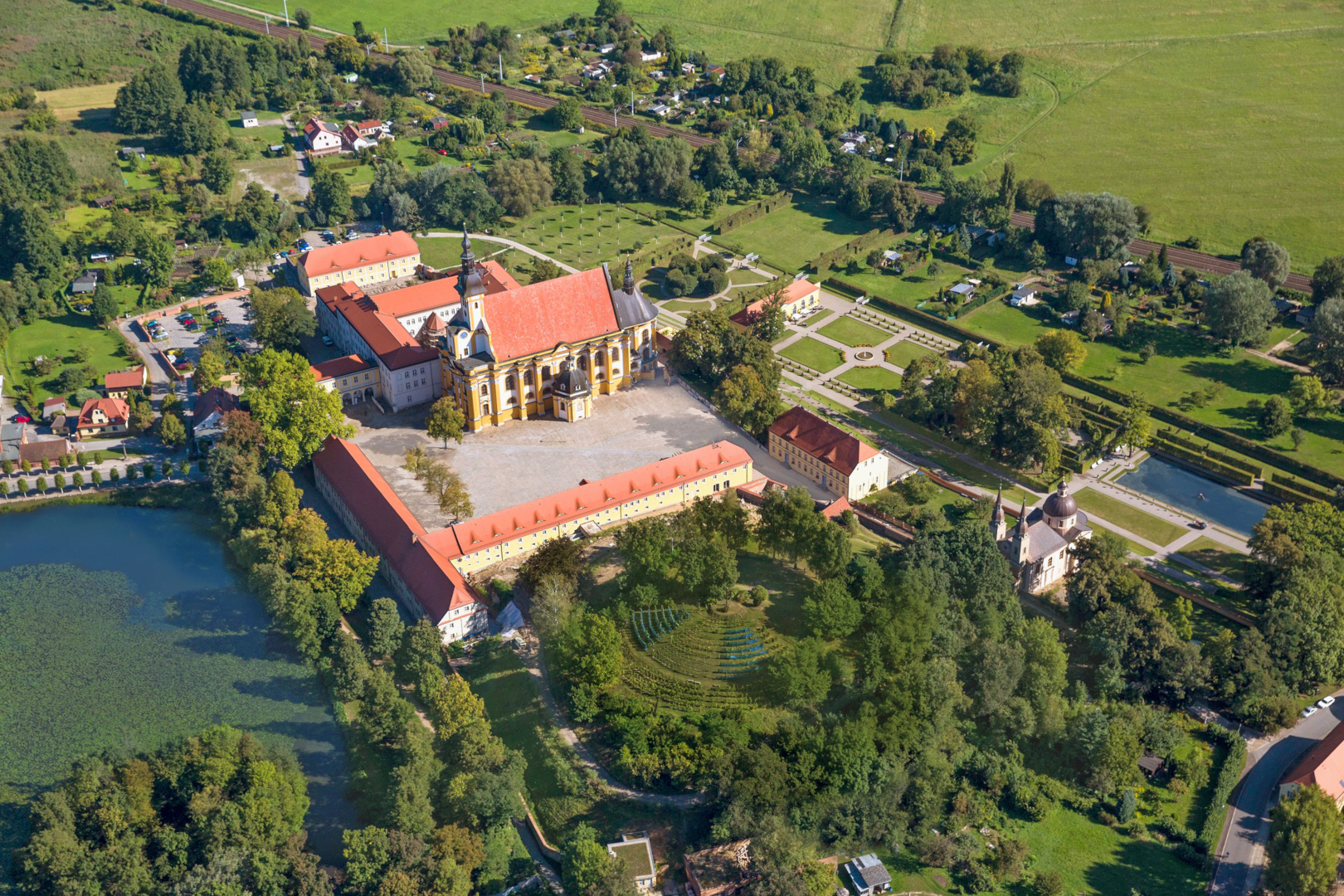
Close to heaven at Neuzelle Abbey
TEXT: WIBKE CARTER
Sometimes called the ‘Baroque marvel of Brandenburg’, Neuzelle is one of the few completely preserved abbey complexes in Europe. Offering a dazzling blend of architecture, culture and garden art, the Cistercian monastery turns 750 this year.
The story begins in 1268 when Henry the Illustrious, Margrave of Meissen and Lusatia, founded a Gothic style abbey for the benefit of the soul of his deceased wife Agnes and called it Nova Cella. Over time, it was destroyed on numerous occasions, most notably in the 15th century by the Hussites as the monks in residence refused to follow the teachings of Jan Hus. Neuzelle Abbey was rebuilt around 1500, and again, religious men, mostly from Bohemia and studying at the Charles University in Prague, settled here. It was these monks who initiated the south German and Bohemian style Baroque reconstruction and extension of Neuzelle Abbey in the 17th and 18th century. When the monastery fell to Saxony as a consequence of the Thirty Years War, the Emperor closely attached the complex ecclesiastically to Prague. In 1817, the abbey was finally secularised by the order of Prussian King Frederick William III. For more than 200 years, the main buildings have been used for educational and administrative work whereas the two churches continue to serve as Roman Catholic parishes.
What makes Neuzelle so unique is that it is a baroque style abbey which is up to this day an oddity in Brandenburg. It is regarded as one of the most significant monuments of this architecture style in the north of Germany thanks to the whole monastery complex, consisting of several churches, cloister, cloister garden and a brewery, being immaculately preserved. Gothic elements of the original building can still be found in the cloister and enclosure such as cross-ribbed structures, sculptures, corbel decoration and late medieval paintings.

Abbey church inside. Photo: © Andreas Tauber
The famous Baroque redesigning of the abbey, now sparkling in white and yellow coloured exterior walls, complemented by red roof tiles, commenced in 1650. The enclosure buildings, church and administrative building – with its ‘Princely wing’ – are located to the north of the central courtyard. To the west is an arcade, with the entrance portal and the foundation registry. The ‘coach stalls’ are located in the south, while the cloister garden extends to the east. There are two churches: the foundation church and the ‘people’s church’, both representing the significance of the abbey in the 18th century. The altar of the Divine Infant at Neuzelle Abbey church is dedicated to John of Nepomuk (John Nepomucene), Saint of Bohemia, and The Infant Jesus from the Church of Santa Maria de Victoria in Prague is considered to have been the model.
Apart from the spectacular buildings, the Baroque monastery garden, a unique horticultural monument for Brandenburg, is also a masterpiece. It was laid out by the Neuzelle abbots and monks around 1760 and contains a variety of original Baroque stylistic elements. These include, in particular, and in addition to the original stock of trees and plants and the structure of the space and the paths, the water reservoir, the Baroque orangery and the elongated terrace.
In the past three years, extensive restoration and renovation work, both on the buildings and the garden, have taken place at Neuzelle Abbey. Now shining in all its glory on the 750th anniversary, the abbey is hosting an exquisite programme of cultural events in 2018 entitled ‘Close to Heaven’. A highlight will be the display of the original abbey atlas which will arrive from the Berlin State Library at Neuzelle (6 – 14 October only). “We are happy to be able to present these unique documents relating to the history of the abbey to the public during the anniversary year and to make them accessible to everyone,” says Tilman Schladebach, head of cultural projects foundation, Abbey Neuzelle.

Neuzelle Abbey Museum Heavenly Theatre. Photo: © Monika Sobczak
Other celebrations include concerts, artistic installations, a new exhibition in the cloister and the Abbey Museum, the spectacular, alternating scenery in the Museum of the Heavenly Theatre, the illuminated baroque gardens, or commemorative church services, devotional prayers and concerts in the churches.
Food connoisseurs and music lovers will also be in their element at Neuzelle Abbey: beer and spirits are produced here, and the annual festival “Oper Oder-Spree” (19 July – 19 August) fills the sacred walls with weeks of musical events.
Many visitors feel very spiritual at Neuzelle Abbey, amidst the ancient structures and picturesque landscape. The monks agree and are returning to the river Oder after 200 years. Eight Cistercian monks of the Holy Cross Order plan to reoccupy Neuzelle Abbey from September 2018.
Subscribe to Our Newsletter
Receive our monthly newsletter by email
